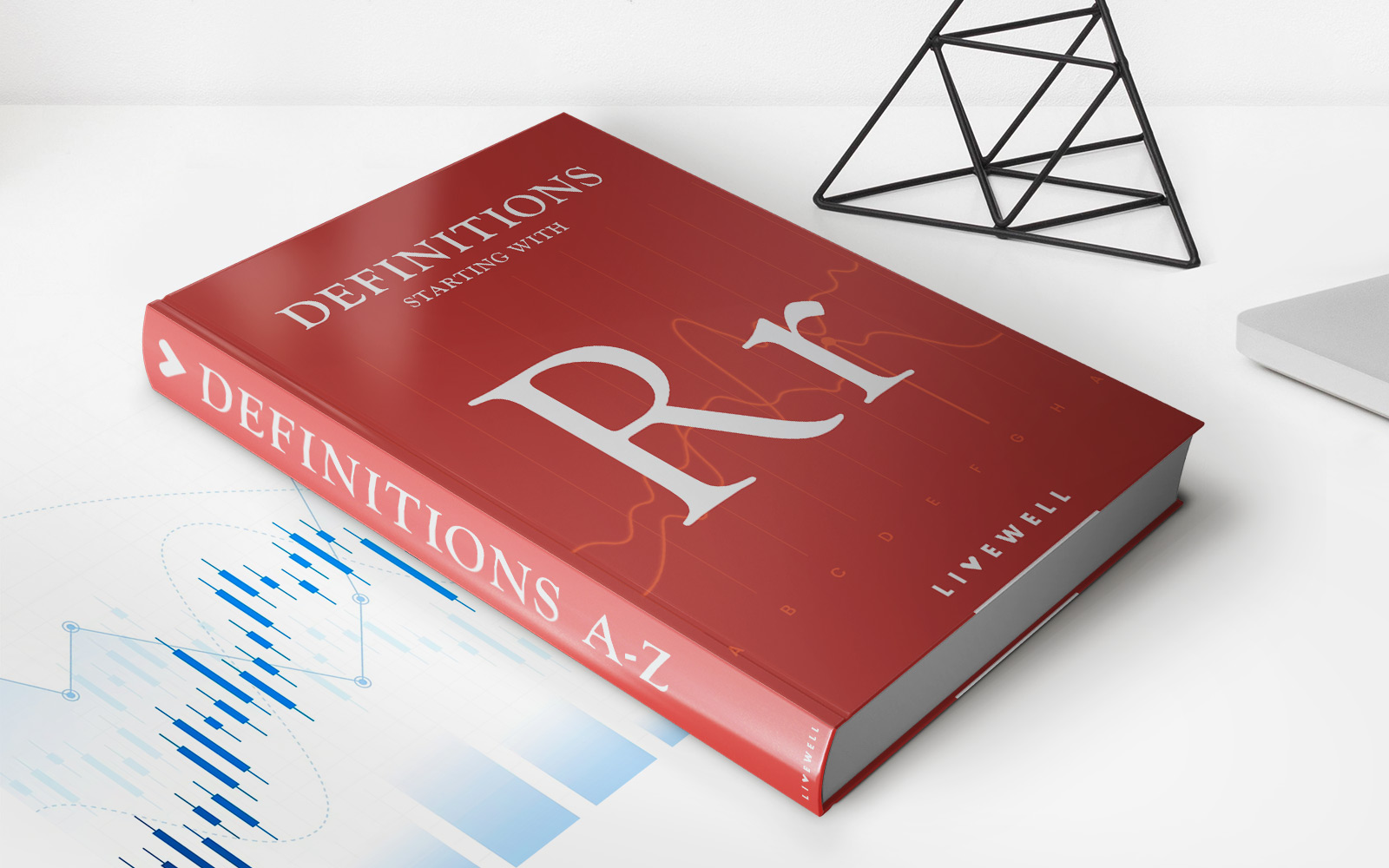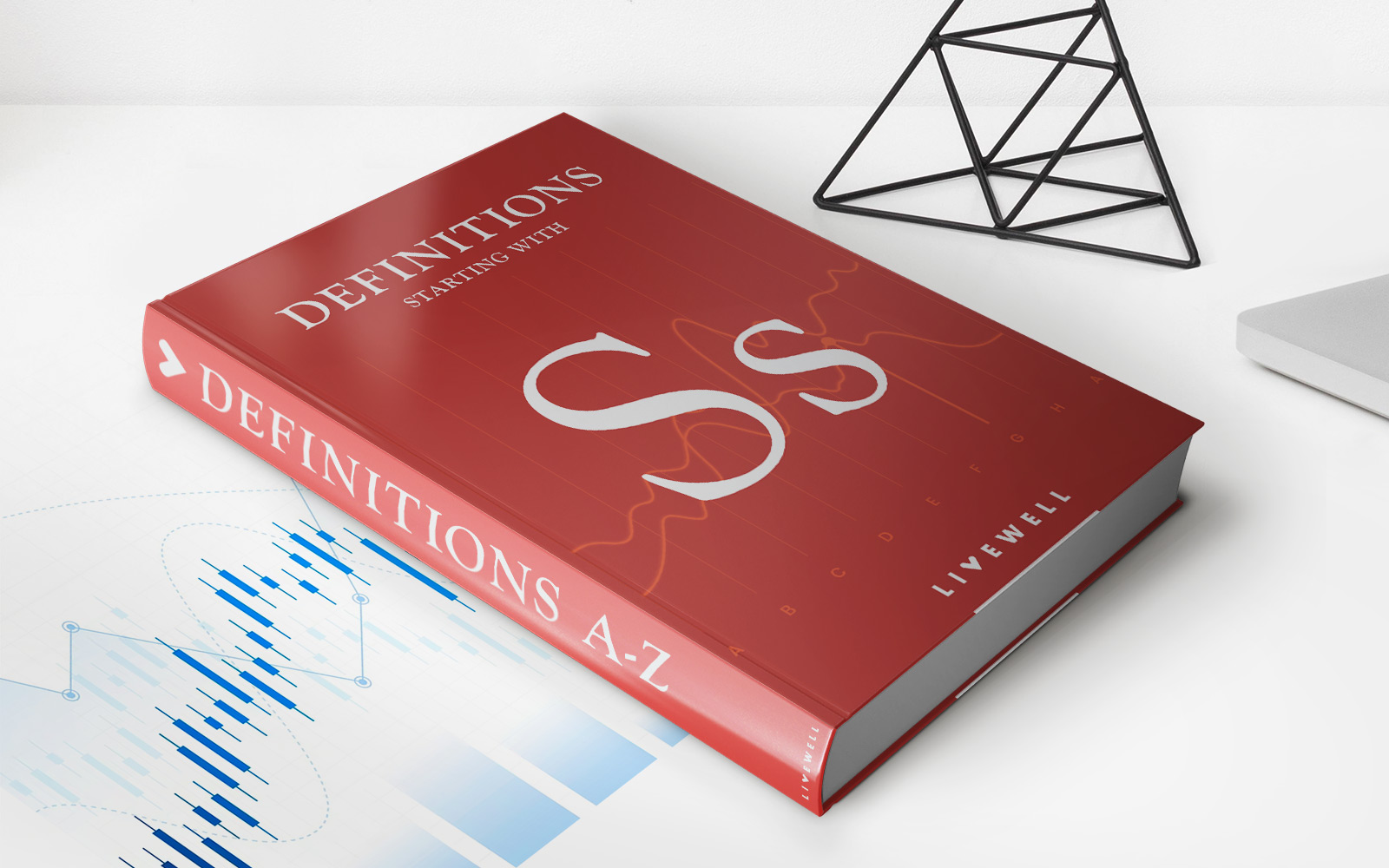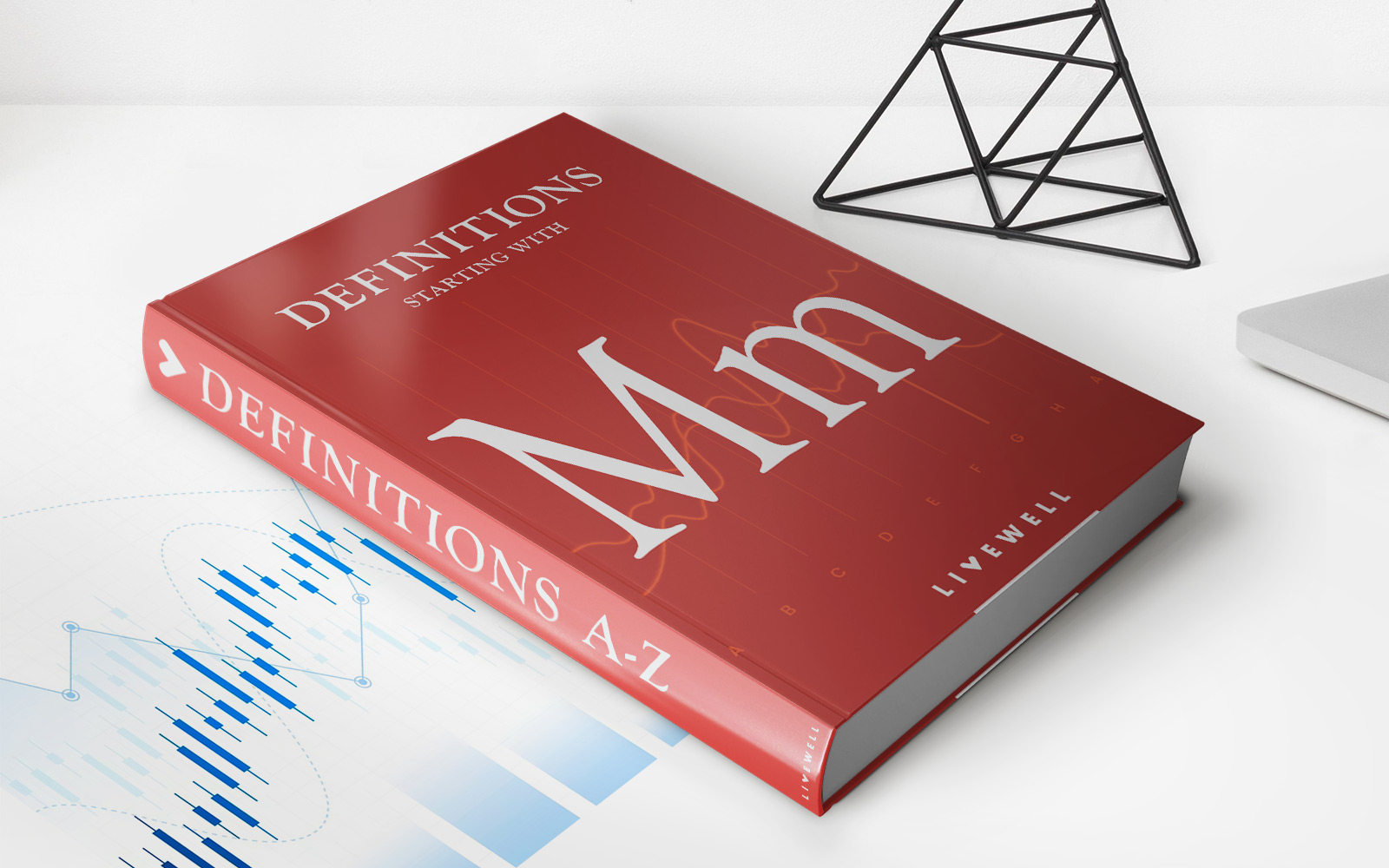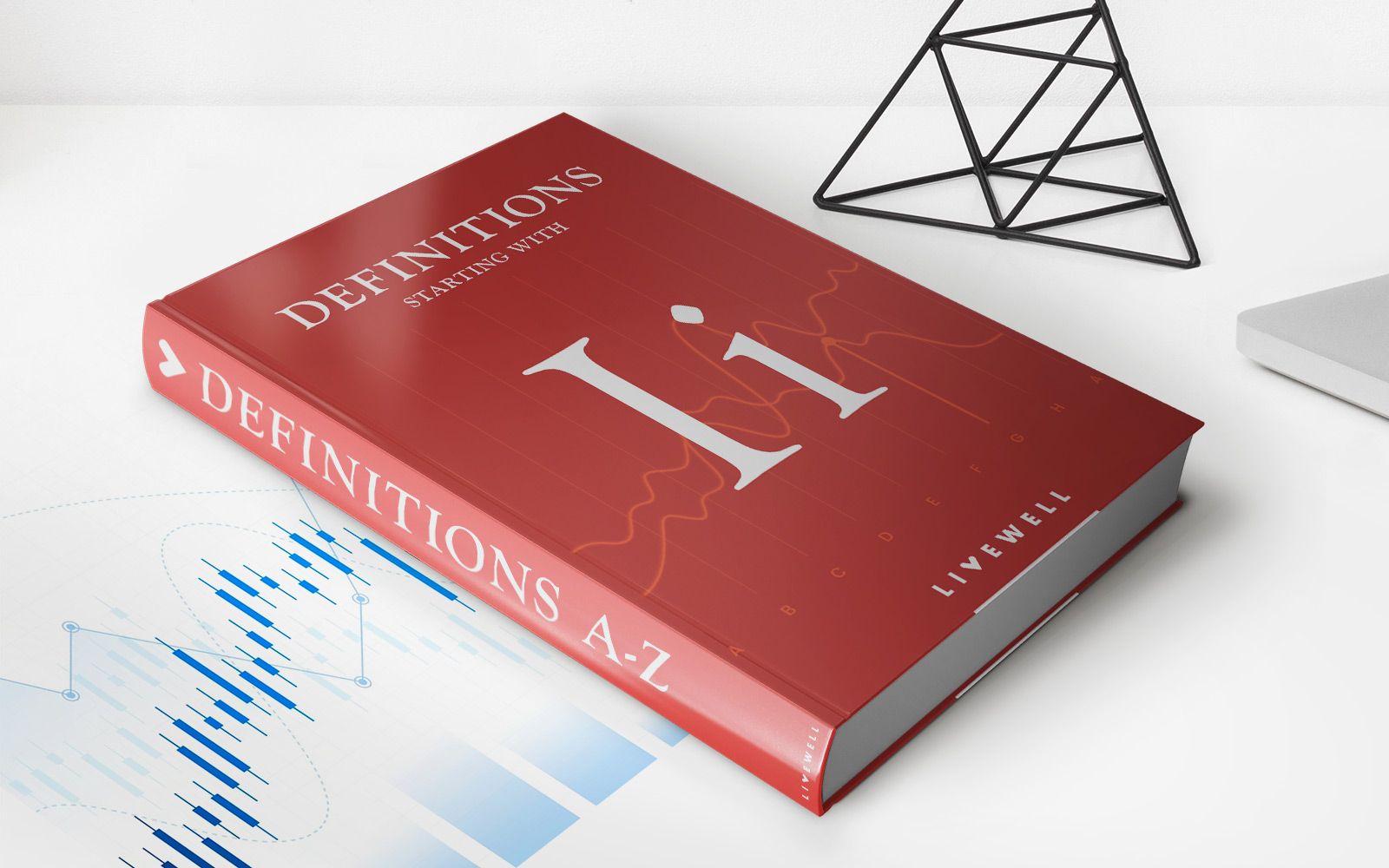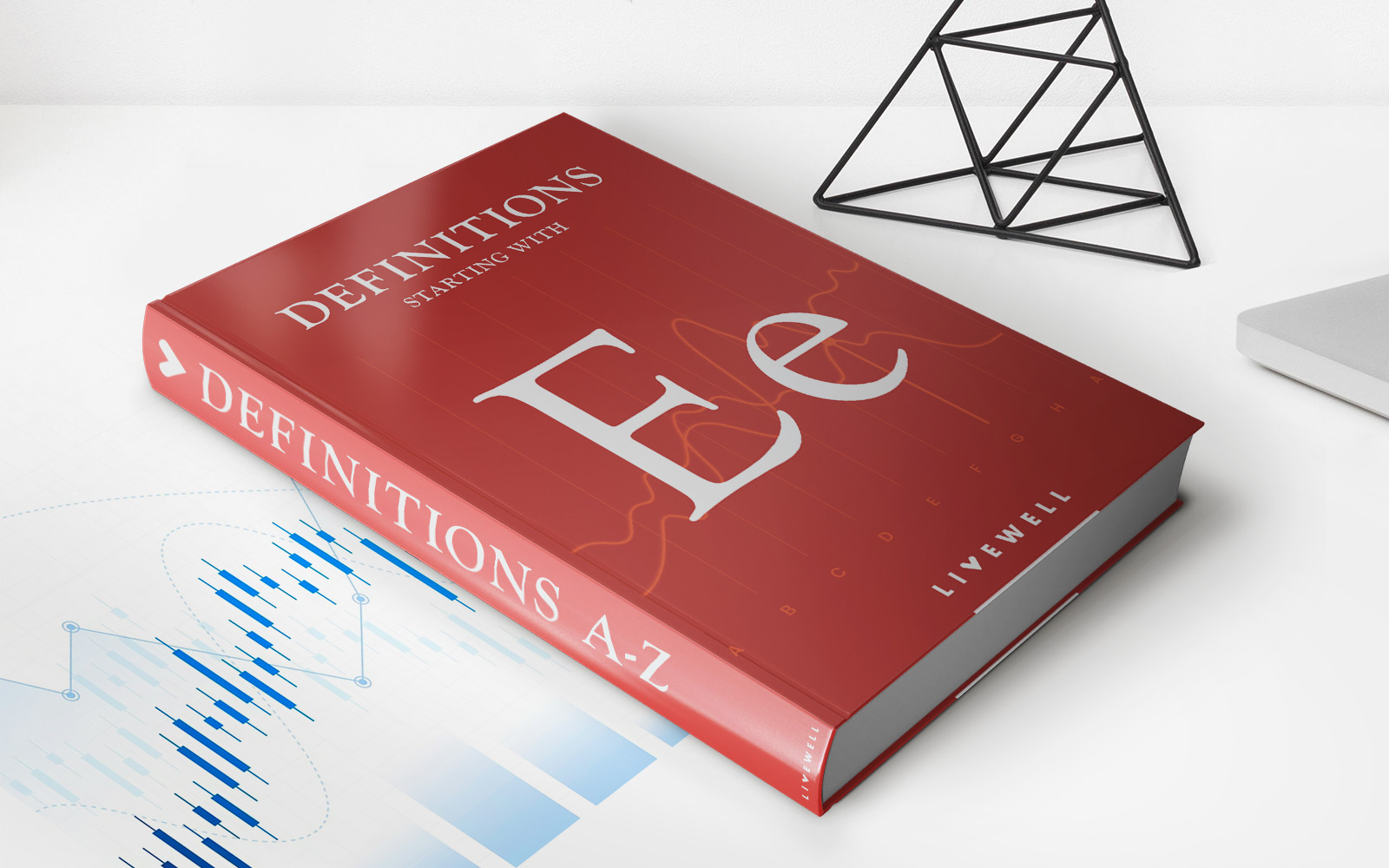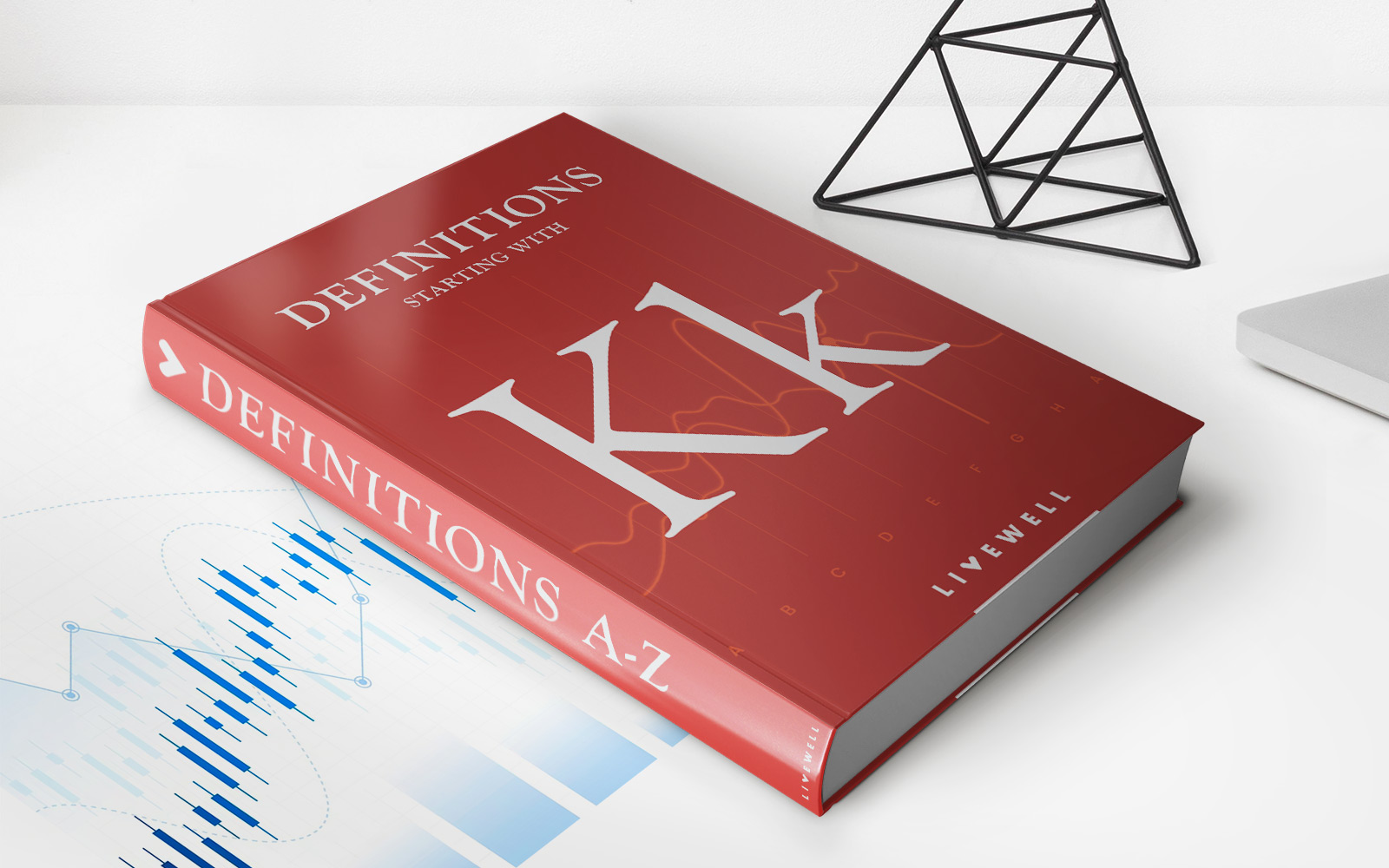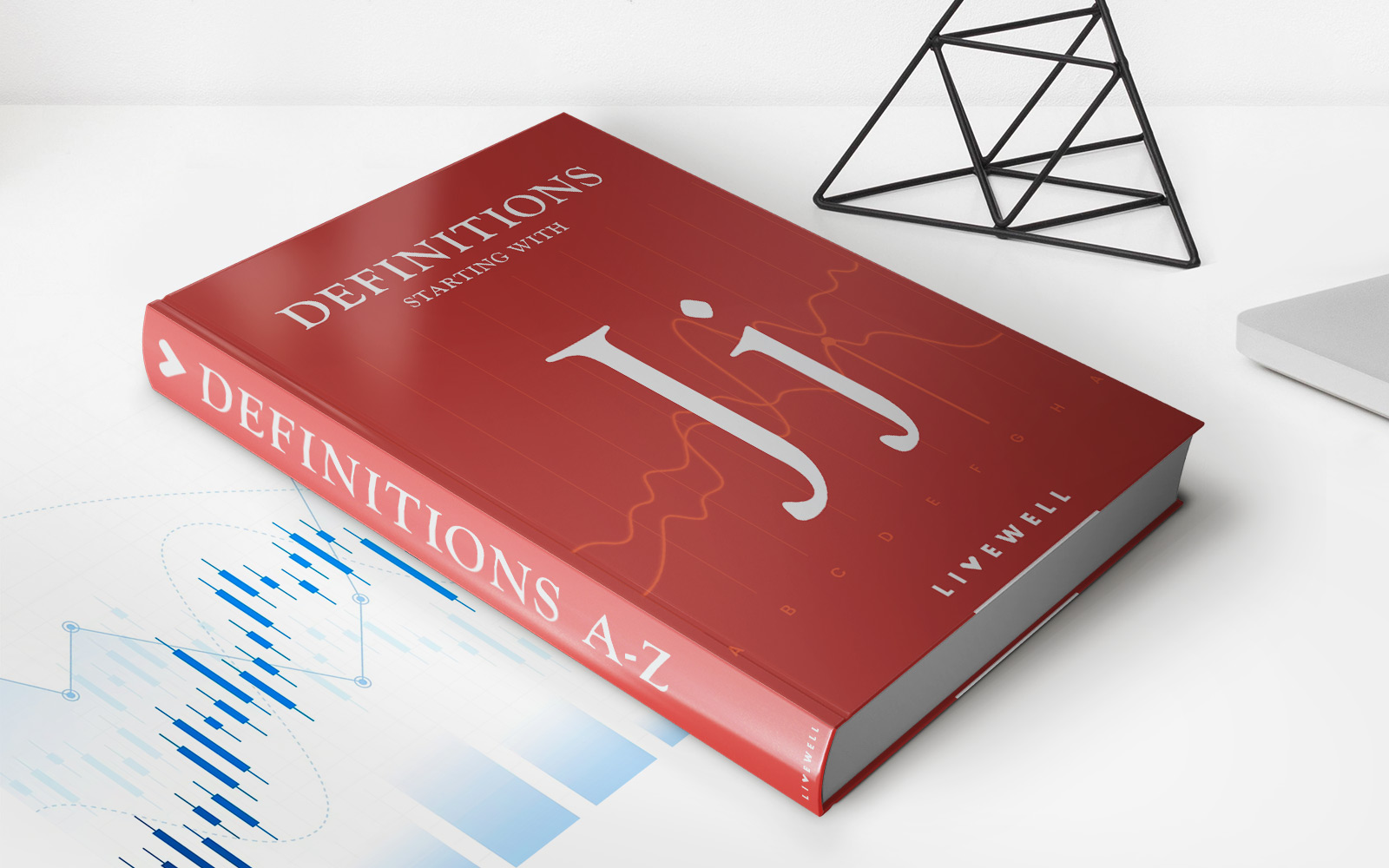Home>Finance>Sovereign Risk: Definition, Types, History, Examples


Finance
Sovereign Risk: Definition, Types, History, Examples
Published: January 31, 2024
Learn about sovereign risk in finance, including its definition, various types, historical context, and real-world examples.
(Many of the links in this article redirect to a specific reviewed product. Your purchase of these products through affiliate links helps to generate commission for LiveWell, at no extra cost. Learn more)
Understanding Sovereign Risk: Definition, Types, History, Examples
Finance can be a complex landscape to navigate, especially for those unfamiliar with the intricacies of different risk factors. One such risk that commands attention in the financial world is sovereign risk. In this blog post, we will dive into the depths of this concept, exploring its definition, types, history, and providing real-world examples to enhance our understanding.
Key Takeaways:
- Sovereign risk refers to the risk that a government may default on its financial obligations or fail to meet its debt repayment obligations.
- This risk can arise due to factors such as political instability, economic downturns, mismanagement of fiscal resources, or external shocks.
What is Sovereign Risk?
Simply put, sovereign risk is the probability that a government may fail to fulfill its financial commitments, whether it be repaying loans, servicing debt, or meeting other fiscal obligations. Governments, like any other economic entity, operate within certain financial limitations, and when they exceed these limitations, the risk of defaulting on their obligations arises.
There are several factors that contribute to sovereign risk. Political instability, economic downturns, mismanagement of fiscal resources, and external shocks can all lead to a government’s inability to meet its financial obligations. It is essential to understand the various types of sovereign risk to appreciate its complexities fully.
Types of Sovereign Risk
1. Political Risk: Political risk refers to the possibility of adverse political events that can impact a government’s ability to manage its finances efficiently. These events might include political instability, wars, civil unrest, changes in government policies, or even corruption. Such factors can undermine a government’s credibility and its ability to fulfill its financial commitments.
2. Economic Risk: Economic risk pertains to the fluctuations and weaknesses within a country’s economy. This risk can arise from economic recessions, high inflation rates, unemployment, or trade imbalances. A weak economy can strain a government’s finances, increasing sovereign risk.
3. Legal Risk: Legal risk revolves around the legal framework and regulations governing a government’s financial obligations. Changes in laws, court rulings, or disputes with creditors can all impact the government’s ability to meet its obligations.
History and Examples of Sovereign Risk
Sovereign risk has a long history dating back to ancient times. The risk of countries defaulting on their debt obligations can be traced back to ancient civilizations, such as Greece and Rome. Over time, several countries have faced the brunt of sovereign risk, experiencing financial crises and struggling to repay their debts.
One of the most notable examples of sovereign risk is the Greek debt crisis that began in 2010. Greece’s excessive spending, coupled with a weak economy and flawed fiscal policies, led to a debt burden that became unsustainable. The country’s credit rating deteriorated, and it eventually required international rescue packages to stave off default.
Another example is Argentina, which has faced recurring sovereign debt crises throughout its history. Its debt defaults in 2001 and 2014 shook global financial markets and highlighted the risks associated with investing in sovereign bonds. These events serve as reminders of the gravity of sovereign risk and its potential impact on global financial stability.
Conclusion
Sovereign risk is a critical consideration for investors, lenders, and policymakers alike. Understanding the types of sovereign risk and its historical examples can help mitigate potential financial losses and inform decision-making. By keeping an eye on political, economic, and legal factors, stakeholders can navigate the complex world of sovereign risk and adapt their strategies accordingly.
